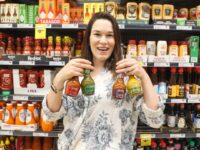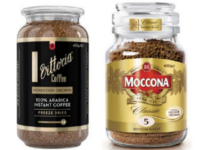Food price inflation in Australia remained high in the September quarter despite easing overall headline inflation, data from the Australian Bureau of Statistics shows.
The annual food price inflation rate for the quarter was at 3.3 per cent, unchanged from that in the June quarter. Quarter on quarter, prices in the ‘Food and non-alcoholic beverages’ category rose 0.6 per cent.
RaboResearch senior food retail analyst Michael Harvey said the annual rate of food price inflation was “still higher than average”, with the 10-year average tracking at 2.7 per cent.
There was a spike in price inflation for fresh produce (both fruit and vegetables), overall at 8.6 per cent. This was in the context of a “weak comparable” last September, when prices were down 6.4 per cent, said Harvey.
“For the September 2024 quarter though, the ABS does cite higher prices for berries, grapes, tomatoes and capsicum contributing to the rate of inflation in this category due to unfavourable growing conditions,” the analyst continued. “However, with the summer season now approaching, we are starting to see good volumes and lower prices in some fruit and vegetable products.”
There was a general moderation in inflation across key categories including bread, spreads and condiments and lower prices in categories such as beef, veal and cheese, which is good news for consumers, said Harvey.
Another bright spot was the decrease of annual inflation in the food service category, down from 4.2 per cent in the June quarter to 2.9 per cent in the September quarter.
“Cooking oils remain a clear ‘red flag’ for consumers with an annual inflation rate of 9.4 per cent,” the analyst stated.
In the snacks and confectionery category, inflation rate increased to 5.2 per cent due to the impact of higher global cocoa prices. Egg price inflation also jumped to 9.1 per cent.
Harvey said the cost of the average food basket for Australian households was “still very high and likely to remain high in the near term”.
“Consumers are continuing to respond with their food purchasing choices. There is a big focus on promotion and activity to cater to the value-conscious consumer,” he added.















